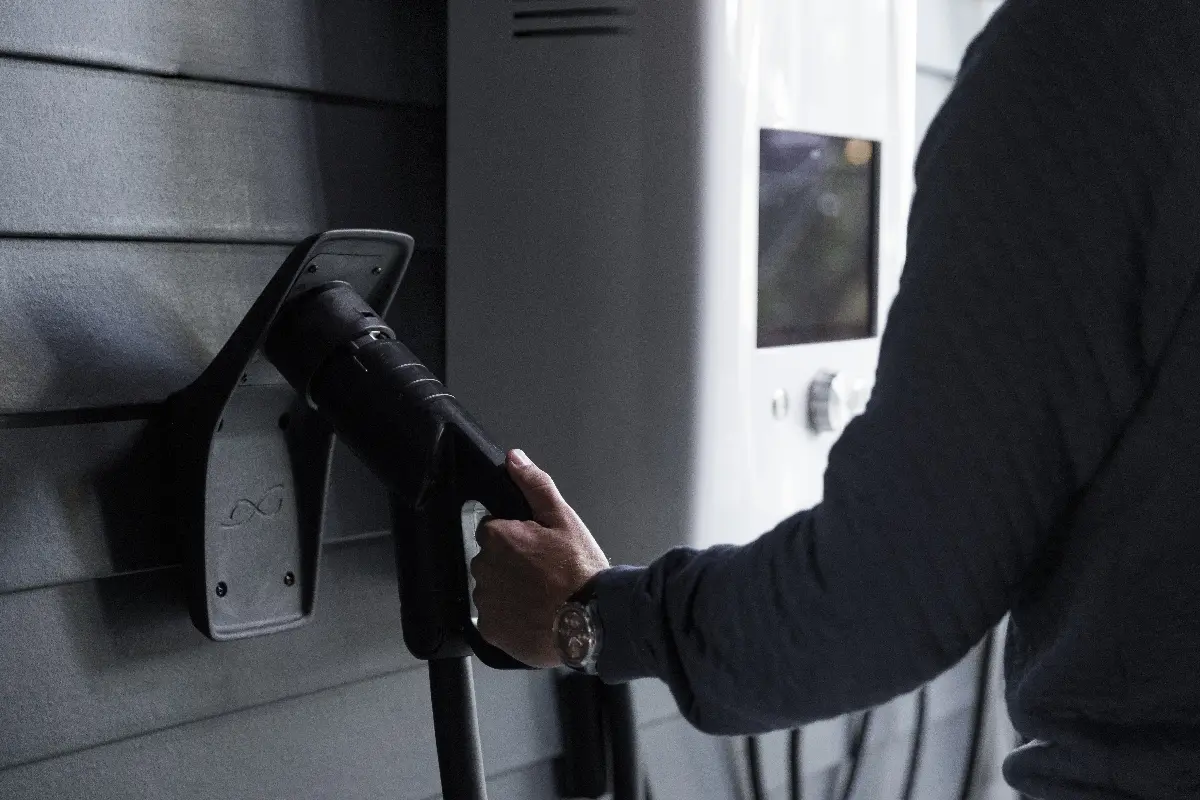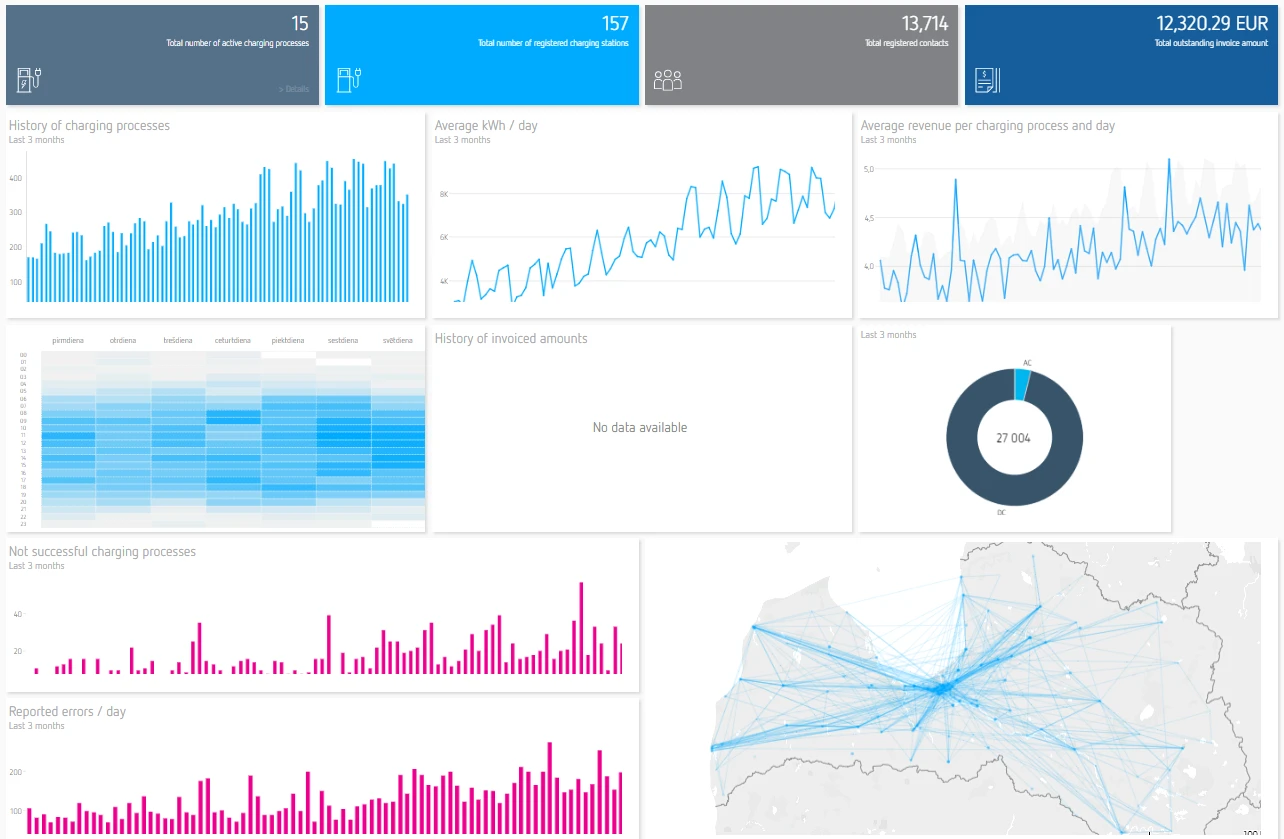Charge Point Operator (CPOs)
Installs and operates the stations. Legally responsible for their compliance with the legal and technical requirements. Ensures that charging sessions are accurately recorded and protected against tampering.
CPO tasks can be divided into technical (station placement, operation, maintenance) and financial (marketing, pricing). These tasks can be performed using different solutions. Initially, CPOs were operated and dominated by utilities, but now there are a large number of small, regional participants operating in this area.
Some companies' core business is payment services, but most come from a variety of other markets. Some companies operate only as CPOs and build their business by installing and maintaining a charging network, but most CPOs build charging networks as a side business to their main line of business.


Electric Mobility Service Providers (EMSPs)
Provides access to charging stations/networks through service contracts and user interfaces (RFID charging cards and mobile applications). EMSP makes sure that end customers can find charging stations, charge their EV’s and pay for the service.
EMSPs can cooperate with other EMSPs through roaming agreements and therefore can offer charging service to their customers at more charging stations.
Most CPOs also act as EMSPs. This is an IT development-intensive business that focuses on developing the widest possible network.
Hardware providers
Delivers equipment – charging station to CPOs. Many of them specialize in EV charging and focus only on these products. A number of equipment manufacturers are from other markets that have a vested interest in the EV charging industry, such as utilities, automotive equipment manufacturers and electronic product suppliers.
Equipment manufacturers typically use a combination of direct sales and local distributors to sell their equipment.


Software solutions
differ significantly - from specific for individual devices to interoperable open-source solutions. By integrating positioning and communication equipment into charging stations and connecting them with back-office solutions, the service provided, and the operation of the equipment are significantly improved .
Various functions allow operators to remotely monitor and manage charging stations and payments. EV owners can find chargers, start the charging process, monitor charging availability, pay and get an overview of their charging history through mobile apps.
Software solutions can manage the entire process and ensure the customer's individual branding. European countries are beginning to regulate the compatibility of solutions, partially to protect consumers. An example of this is the German calibration law (Eichrecht).

